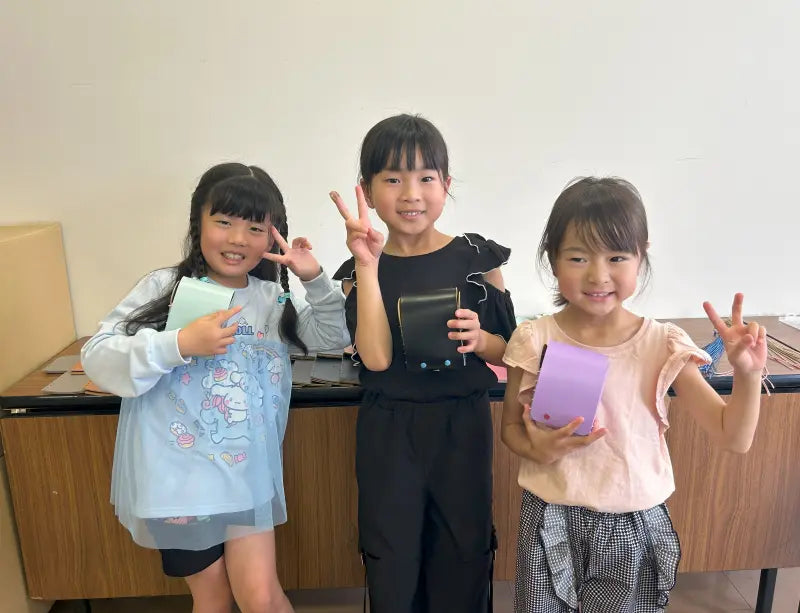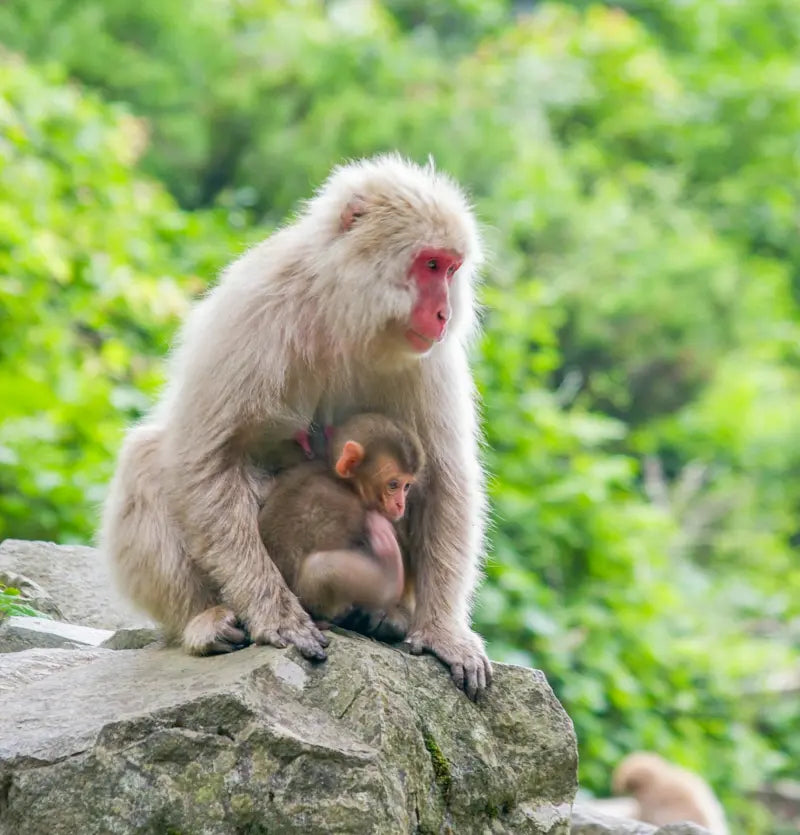
Obon: Japan's Summer Tradition of Remembrance and Travel
If you're planning a trip to Japan in August, there's an important tradition you should know about: Obon. This traditional period, usually from August 13th to 16th, is when Japanese people welcome and honor the spirits of their ancestors. During this time, many people return to their hometowns across Japan to spend time with family.
The Buddhist Roots of Obon
Obon's origins trace back to a Buddhist scripture called the "Urabonkyo." It tells the story of Maudgalyayana (Mokuren in Japanese), a disciple of Buddha, who saw his deceased mother suffering in the realm of hungry ghosts. Following Buddha's teachings, he made offerings to monks and rescued his mother.
When this teaching arrived in Japan, it merged with existing ancestral worship and summer customs, evolving into the Obon we know today. In Japan, it's believed that ancestral spirits return to the living world once a year, and the custom of families honoring them during this period became widespread.
More Than a Religious Event: A Family Summer Vacation
Despite its historical background, many people in modern Japan view Obon less as a religious event and more as "part of summer vacation" or "family time." In fact, many companies close during Obon, making it a popular time for returning home or traveling. While some families still perform traditional memorial rites, it's also common for families to simply go on trips to recreational spots.
Shoryoma: Vegetable Vehicles for Ancestors
 One of Obon's symbolic customs is Shoryoma (spirit horses). These are decorative figures made by sticking chopsticks into cucumbers and eggplants to form legs, resembling horses and cows. The cucumber horse signifies a quick return for ancestors to the home, while the eggplant cow symbolizes a slow, leisurely journey back. Shoryoma are placed at altars or entrances as "vehicles" for the spirits.
One of Obon's symbolic customs is Shoryoma (spirit horses). These are decorative figures made by sticking chopsticks into cucumbers and eggplants to form legs, resembling horses and cows. The cucumber horse signifies a quick return for ancestors to the home, while the eggplant cow symbolizes a slow, leisurely journey back. Shoryoma are placed at altars or entrances as "vehicles" for the spirits.
While not seen in every home today, this custom is still cherished in some regions, reflecting Japan's connection to nature and rich imagination.
Summer Rush: The Obon Travel Season
During the Obon period, public transportation across Japan becomes incredibly crowded. This unique congestion is known as the "Kisei Rush / U-turn Rush" (return home rush / return to city rush), and news reports often cover it daily. It's characterized by a concentrated movement of people heading to their family homes in rural areas and those traveling to tourist destinations.
Advice for Visitors: Navigating Japan During Obon
If you're traveling in Japan during Obon, here are some tips to keep in mind:
- Allow plenty of extra time for public transportation. Shinkansen (bullet train) stations and airports can have long lines from early morning. Factor in potential delays and missed connections when planning your schedule. I've personally experienced the struggle of reaching the Shinkansen gates at Tokyo Station during Obon. While I made my reserved train, it strongly reinforced the importance of early action when anticipating crowds.
- Utilize luggage storage and delivery services to lighten your load. Stations and some accommodations offer coin lockers and luggage storage. Same-day delivery to hotels and international shipping services at post offices are also convenient options.
- Prioritize your health. Japanese summers are humid and very hot. Frequent hydration, sun protection, and cool clothing are essential. Try to plan activities that don't overexert you.
Obon: A Time of Prayer, A Time of Reunion
Obon is a time for quiet remembrance of ancestors, a time for families to gather after long absences, and a time for people to reconnect. It's a period where the quintessential Japanese scene of summer, imbued with "prayer and travel," unfolds.
If you visit Japan during this time, try to experience not just the tourist spots, but also the feelings and culture of the people living there. The summer of "prayer and travel" that permeates daily life will surely bring a new perspective to your journey.



